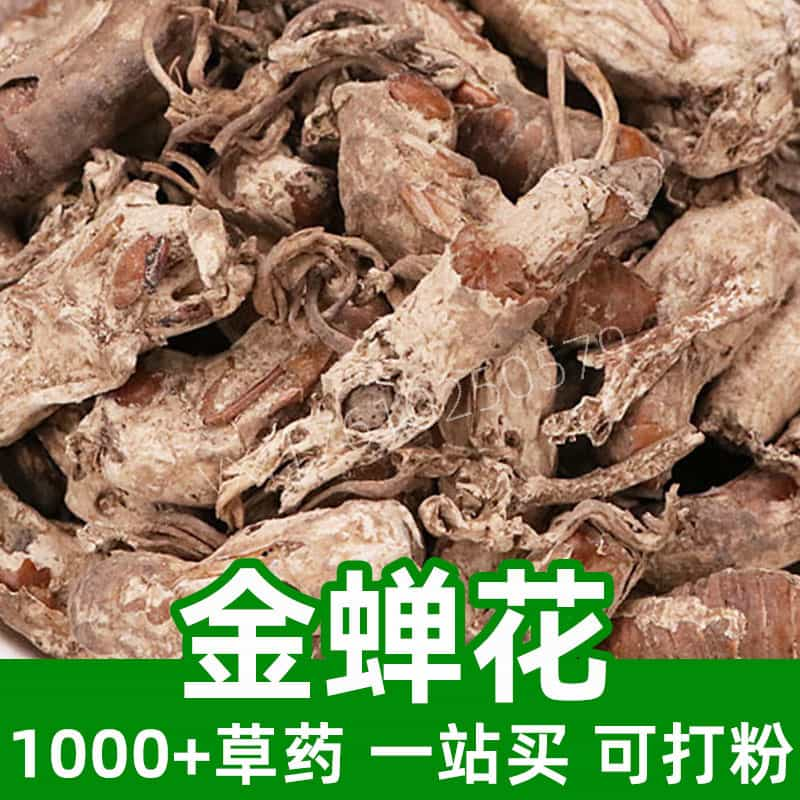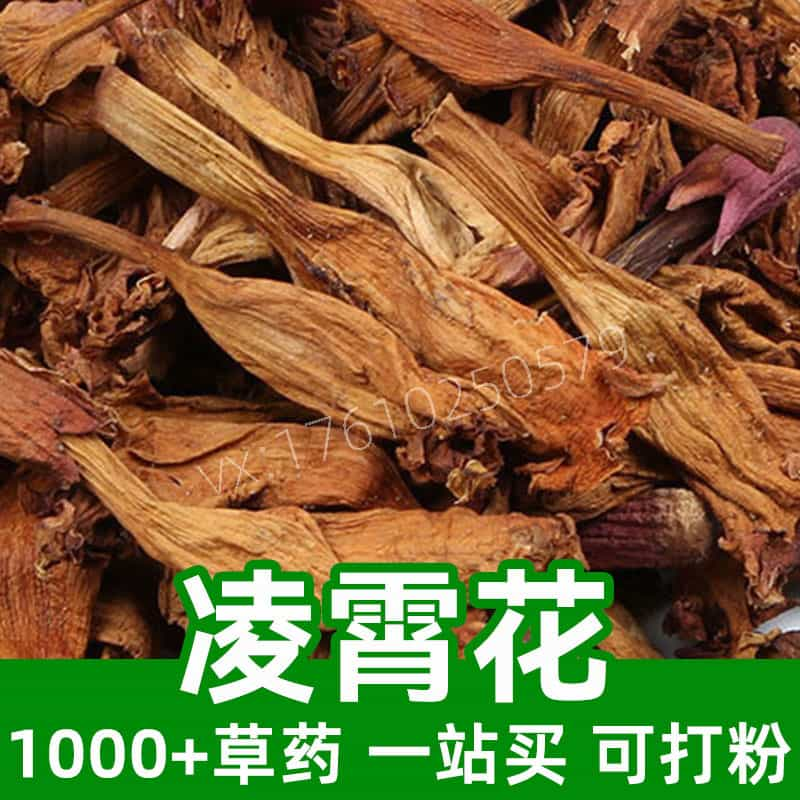Bidens Pilosa Product Introduction
Bidens Pilosa, also known as White Needle Grass, is a common herbaceous plant with main components including flavonoids, essential oils, glycosides, and polysaccharides. Predominantly grown in northern and southern China, especially in North, East, and South China, it has a long history of use in traditional Chinese medicine. It is widely employed for regulating menstruation, alleviating pain, promoting blood circulation, and detoxifying. Common applications include treating gynecological issues such as dysmenorrhea and postpartum lochia retention.
Main Active Components of Bidens Pilosa
Scientific Name: Leonurus artemisia
Bidens Pilosa is a medicinal plant with the following primary active components:
- Flavonoids:
- Contains flavonoids like isoquercitrin and quercetin, which exhibit antioxidant, anti-inflammatory, and antibacterial activities. These compounds improve blood circulation and reduce inflammation.
- Essential Oils:
- Includes volatile compounds like citronellol and citronellal, giving the plant its unique aroma while providing antibacterial and insect-repelling effects.
- Glycosides:
- Features compounds such as quercetin glycosides and isoquercitrin, which regulate vascular tone, enhance heart function, and prevent thrombosis, offering cardiovascular protection.
- Polysaccharides:
- Possesses immunomodulatory properties, enhancing immunity and promoting cell regeneration and repair.
These components give Bidens Pilosa significant value in traditional Chinese medicine. It is used to improve cardiovascular function, treat gynecological and circulatory disorders, and alleviate conditions such as angina and hypertension. In the food industry, it serves as a flavor enhancer, providing a unique aroma and taste to foods.
Applications and Dosage of Bidens Pilosa
Bidens Pilosa is widely utilized in traditional Chinese medicine and the food industry. Key applications and recommended dosages include:
- Traditional Chinese Medicine:
- Regulating Menstruation and Pain Relief: Used for gynecological conditions like dysmenorrhea and irregular menstruation. Commonly prepared as decoctions or oral granules.
- Detoxifying and Anti-inflammatory: Effective for heat-related illnesses like colds and sore throats, often consumed as herbal teas or decoctions.
- Cardiovascular Support: Used for angina and hypertension as part of formulations or in combination with other herbs.
- Hemostasis and Fetal Protection: Applied in obstetrics for preventing miscarriage and postpartum hemorrhage.
- Food Industry:
- Flavor Enhancer: Adds a unique aroma to dishes like soups and stews.
- Health Drinks: Included in teas and beverages for its purported detoxifying and lipid-regulating benefits.
- Functional Foods: Developed into oral liquids and tablets for health maintenance or disease prevention.
Recommended Dosage:
- Decoction: Use 5–10 g per dose, boiled in water, and consumed in two servings.
- Tablets/Granules: Follow product instructions, typically 2–4 tablets or granules, 2–3 times daily.
- Liquid Extracts: Consume 10–20 ml per serving, 2–3 times daily, per product instructions.
Plant Introduction, Distribution, and Growth Environment
Scientific Name: Achyranthes bidentata Blume
Bidens Pilosa belongs to the Amaranthaceae family.
- Plant Description:
- Perennial herb with a creeping rhizome and upright stems up to 1 meter tall.
- Opposite leaves, elliptic to oval, smooth on the surface, toothed edges, with prominent veins.
- Blooms from summer to fall, featuring panicle-like clusters with small, white to pale purple flowers.
- Distribution:
- Native to China, particularly in provinces north of the Yangtze River, such as Shandong, Hebei, and Henan.
- Found in other parts of Asia, including Japan and Korea, and Southeast Asia.
- Growth Conditions:
- Thrives in warm, moist environments with plenty of sunlight.
- Commonly grows in fields, along roadsides, near streams, and on hillsides.
- Adapts to various soil types but prefers loose, well-drained, organic-rich soil.
Harvesting, Processing, and Storage
- Harvesting:
- Best collected during flowering or early fruiting stages. Morning harvest is preferred to retain volatile components.
- Processing:
- Wash thoroughly to remove dirt and impurities, then air-dry or sun-dry.
- Store in a ventilated, dry place to prevent mold.
- Storage:
- Keep in a cool, dry, and ventilated location, avoiding direct sunlight.
- Use sealed containers with desiccants or insect repellents to prevent spoilage and pest infestation.
- Periodically inspect for quality and discard any moldy or discolored material.
Proper harvesting, processing, and storage are essential to maintain the medicinal and aromatic qualities of Bidens Pilosa.
Monica Sun is a seasoned expert in the natural raw materials industry, with over a decade of experience specializing in traditional Chinese medicinal herbs, spices, and fungi. She is skilled in the sourcing, processing, and application of these materials, emphasizing sustainability and innovation. Monica Sun has contributed to the development of high-quality natural raw materials that serve as essential components in functional foods, pharmaceuticals, and cosmetics, delivering tailored solutions to meet diverse market needs.













